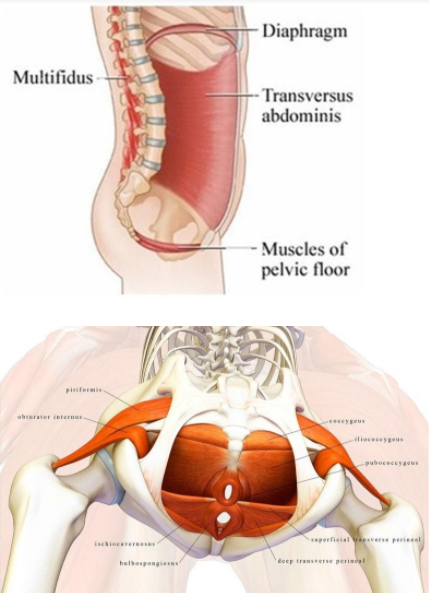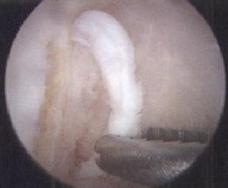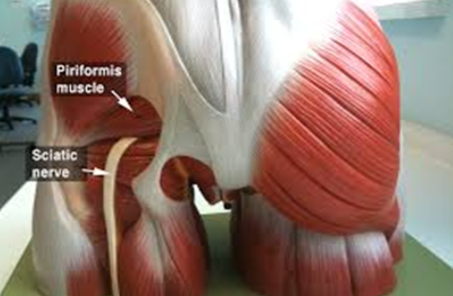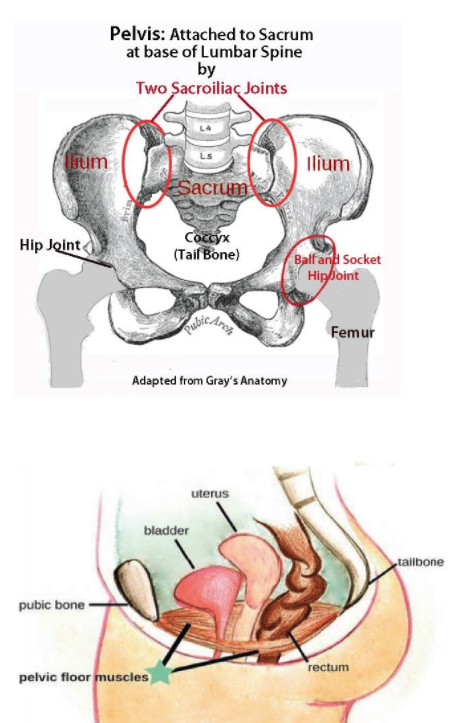What recovery may look like for Jason Richardson's articular cartilage injury
Last week, the Philadelphia 76ers Shooting guard Jason Richardson sustained a season ending injury to the articular cartilage of his knee. He will be undergoing surgery to fix the damaged cartilage, which will take a full year to heal prior to his return.
Articular cartilage is a firm, smooth, and slippery covering on the ends of bones that protects and cushions the bones in your joint. This surface although tough, can be injured to different degrees and depths. A twisting injury or contusion during sporting activities can sometimes damage this surface. Depending on the size and depth of the damage, there are many different ways the repair it.
Symptoms commonly include pain and swelling when bending or twisting the knee. Sometimes if the cartilage is partially or fully detached (called loose body), it can cause mechanical symptoms such as the feeling like your knee is catching or gets locked up.
A good history and physical examination can lead us to the suspicion of an articular cartilage injury. Although cartilage can’t be seen on plain X-rays, they are necessary to rule out fracture and loose bodies (sometimes made of cartilage and bone). X-rays can also infer cartilage damage by evaluating the space between the bones. Once an articular cartilage injury is suspected, a MRI may be ordered. An MRI can see most large cartilage injuries, but not all of them and depending on the strength of the MRI, it may miss small or partial thickness damage to the cartilage. The only way to thoroughly identify the extent of articular cartilage damage is through arthroscopic surgery. Arthroscopic surgery is a minimally invasive surgery that uses small special instruments through small incisions to look inside the joint.
Some small, partial thickness cartilage injures, that don’t cause mechanical symptoms, can be treated without surgery. Non-operative treatment initially focuses on RICE (Rest, Ice, Compression, and Elevation) for the first 72hrs to decrease pain and swelling. Then, physical therapy is initiated to regain full motion and improve the strength and flexibility of the muscles that stabilize the knee joint. Sometimes a series of weekly injections can also be given into the knee joint to promote recovery. These injections are called Hyaluronates, and there is evidence that they may naturally decrease pain and inflammation and possibly nourish and protect the cartilage.
Surgery is indicated if non-operative treatment fails, if there is mechanical symptoms, or if the cartilage injury is of significant size and is partially or completely detached. Richardson most likely will be undergoing a cartilage restoration surgery called Autologous Chondrocyte Implantation or ACI.
ACI (Autologous Chondrocyte Implantation):
ACI is indicated for larger areas of full thickness cartilage loss, and requires two surgeries. First we arthroscopically harvest normal cartilage cells from one area of the knee not needed. The second surgery is an open surgery where we implant the cartilage cells back into knee to repair the damaged area. The cells are either injected under a water tight membrane or on a special patch.

Figure SEQ Figure \* ARABIC
1, Defect of missing cartilage

Figure SEQ Figure \* ARABIC 2, Cartilage biopsy to get cells

Figure SEQ Figure \* ARABIC 3, Implantation of cartilage cells under patch

Figure SEQ Figure \* ARABIC 4, Healed new cartilage
During Richardson’s long year of rehabilitation, his repaired articular cartilage will be going through several phases of maturity. During the first couple months the cartilage cells fill in the defect and are very soft and vulnerable to damage, therefore we will be keep him non weight bearing to protect the area. During this phase, we typically put the athletes in a special bending machine to stimulate the cells the grow cartilage. Then over the next couple months, although still spongy and need for protection, the new cartilage becomes strong enough to start walking. During the next 3-6 months as the cartilage matures and becomes firmer, the athlete will notice less pain and be able to perform more functions and training exercises. The final phase takes 12 to 18 weeks. This is when the repaired cartilage reaches its full maturity and firmness as the surrounding normal cartilage. For more information, please visit us here or contact us at 1-800-321-9999.




